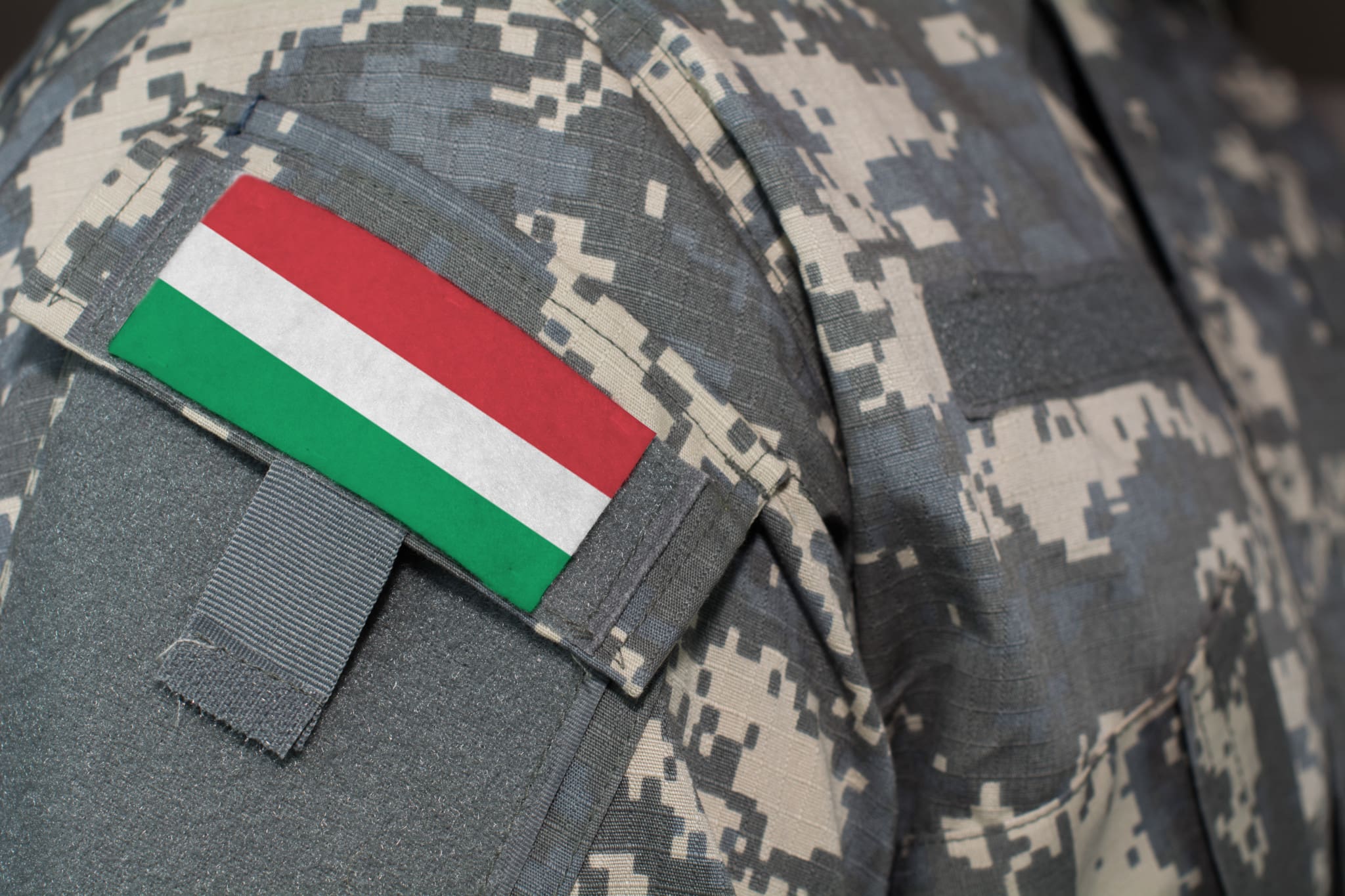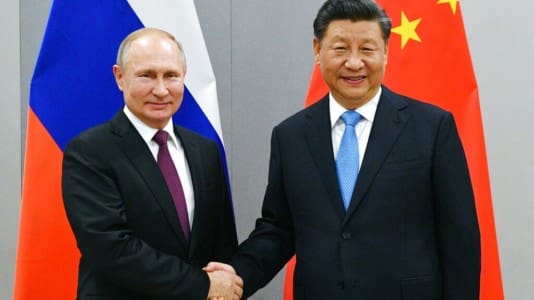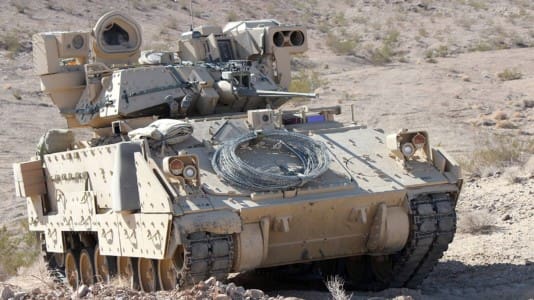Hungary has a good chance of hosting several elements of NATO’s defense innovation program, known as DIANA, said Minister of Information and Technology László Palkovics during an interview with economics news portal Világgazdaság.
Palkovics said that DIANA (Defense Innovation Accelerator for the North Atlantic) is made up of three components: the diplomatic headquarters responsible for conducting it, the accelerator tasked to help advance the various concepts, and the environment for testing each technology, which would be located in a NATO member state.

He added that although many countries have applied, it is indicative that David van Weel, NATO Deputy Secretary General for Innovation, will be among the first to visit Hungary for a two-day field trip.
Asked what the practical significance of the DIANA program will be for Hungary, Palkovics said that in terms of headquarters, it will be a diplomatic success, and having the accelerator and test activities based in Hungary will have specific scientific and economic benefits. The program will also launch a process that involves NATO companies from the member states coming to Budapest or Zalaegerszeg, the western Hungarian town where several of Hungary’s defense industry projects are based.
Domestic players have excellent opportunities in the international arena, as out of the eight areas preferred by NATO, they deal with data-driven technology, artificial intelligence, autonomous devices, and super-computing at a very high level in Hungary, the minister explained.
Hungary’s participation in the DIANA defense innovation program would be a clear recognition, as well as a deepening of the Western federal system.
“Hungary is taken seriously, for example, because it not only fulfills the agreed 2 percent of GDP in the military industry, but also wants to contribute to NATO’s affairs,” the minister said.
Palkovics emphasized that the Hungarian defense industry may reach an annual output of 500 billion forints (€1.38 billion) by 2030, moreover, this amount can be doubled by the end of the decade in terms of the annual turnover of companies in the sector and reach around 1,000 billion forints.
The aim of the reconstruction of the Hungarian military industry is to strengthen Hungary’s security, sovereignty and European defense capabilities. In addition, the revival of the military industry will contribute to the country’s economic, industrial and technical development, innovation and job creation, he said.
Palkovics said that the cost of existing military investments could be around 400 to 500 billion forints. He pointed to a number of examples of upcoming projects that show promise from a defense perspective, including the construction of the ammunition plant in Várpalota that will soon start, and a planned explosives factory in the same location. The factory building in Zalaegerszeg is complete, and technology development will start in March, and the production of the German-made infantry combat vehicle known as the Lynx will start early next year. In Kaposvár, the production of Nurol Makina’s combat vehicles is also set to begin production.
“It will be clear by 2030 that we have successfully made a good decision by reviving the defense industry,” the minister told the World Economy.





